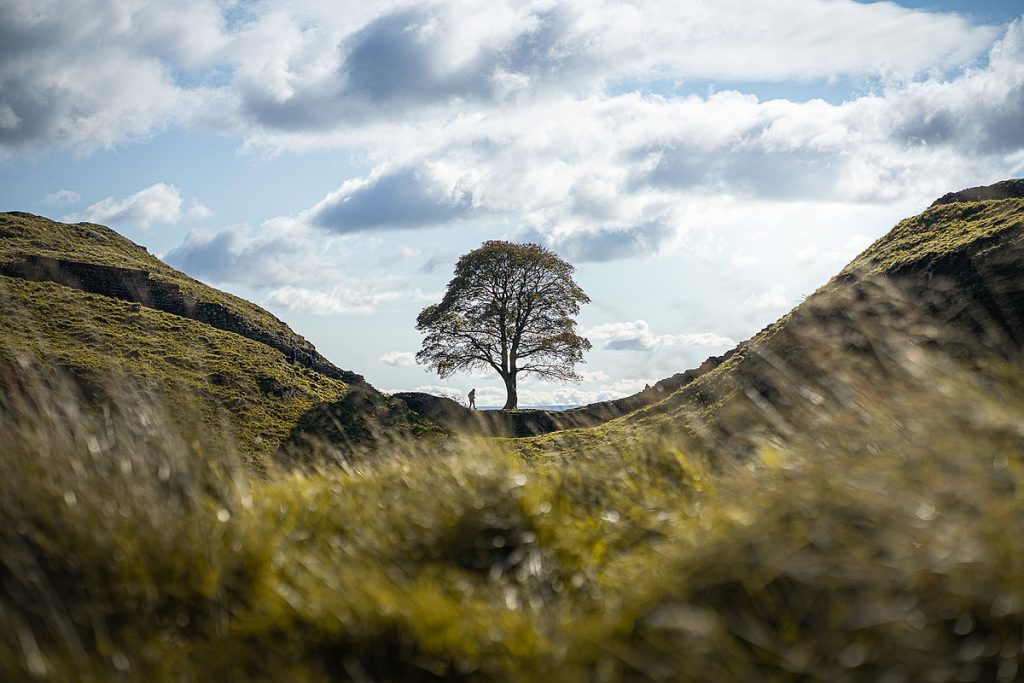
The Sycamore Gap tree, a proud sentinel in northeast England beside Hadrian’s Wall, once a boundary between Roman Britannia and Caledonia, was a breathtaking sight framed by rolling hills. It likely ranked among the most photographed natural wonders in the UK, if not the world. The Sycamore’s claim to fame included a starring role in the 1991 film “Robin Hood: Prince of Thieves.” However, the morning of September 28th brought a somber discovery: the tree lay in two pieces, cut overnight, a victim of what the police suspect was a deliberate act of vandalism. The outpouring of grief and anger has been entirely justified.
While we await answers about the culprit and motive, two important lessons emerge from this tragedy. The first is a stark reminder of nature’s profound significance in our lives. The second is a “scream” to action, for the decline of nature far beyond the Sycamore Gap.
Seeing the outrage worldwide, its importance becomes evident. Some proposed to their partners; others scattered the ashes of loved ones nearby. For some, it was a sanctuary after illness or during times of stress, or simply the backdrop to countless cherished memories with friends and family. This connection isn’t unique to Sycamore Gap or the UK. Trees have imbued humanity with meaning for millennia, the sacred Banyans in India, Japan’s revered Shinboku, the magnificent Baobab tree in Madagascar or sacred groves found worldwide.
The benefits of immersing ourselves in nature are well-documented. Research shows that spending two hours a week in green spaces significantly improves mental and physical health. Proximity to nature and trees, whether in urban or rural settings, positively influences our psychological well-being, happiness, social cohesion, cognitive function, impulse control, and even children’s school performance. It’s no wonder places like Sycamore Gap captivate us.
Unfortunately, on the same day as the tree’s demise, a report detailing the state of Britain’s natural landscapes was published, deserving of similar emotional reactions. The study reveals the UK as one of the world’s most nature-depleted nations. One in six species faces extinction risk, and 43% of British birds are threatened, with skylarks declining by 59% since 1970. Pollinators like bees have decreased by 18%, and over half of flowering plants and mosses have vanished from their once-thriving habitats. It’s a sobering assessment of a countryside grappling with the consequences of intensive farming, unsustainable fishing, and climate change.
It’s worth noting that the butchered Sycamore Gap tree, a non-native species, once stood among many others. Regrettably, such depletion echoes globally. Between 1992 and 2014, the stock of natural capital per person plummeted nearly 40%, while produced capital per person doubled.
While nature’s economic and climate benefits are important, people are drawn to places like Sycamore Gap because of their inherent beauty and the joy they bring. Let this “reminder” inspire us to take immediate and unwavering action to conserve, protect, and restore our wild spaces. By preserving these natural havens, safeguarding biodiversity, and revitalizing degraded landscapes, we honor the profound connection we share with nature and ensure a more vibrant and sustainable future for everyone.


